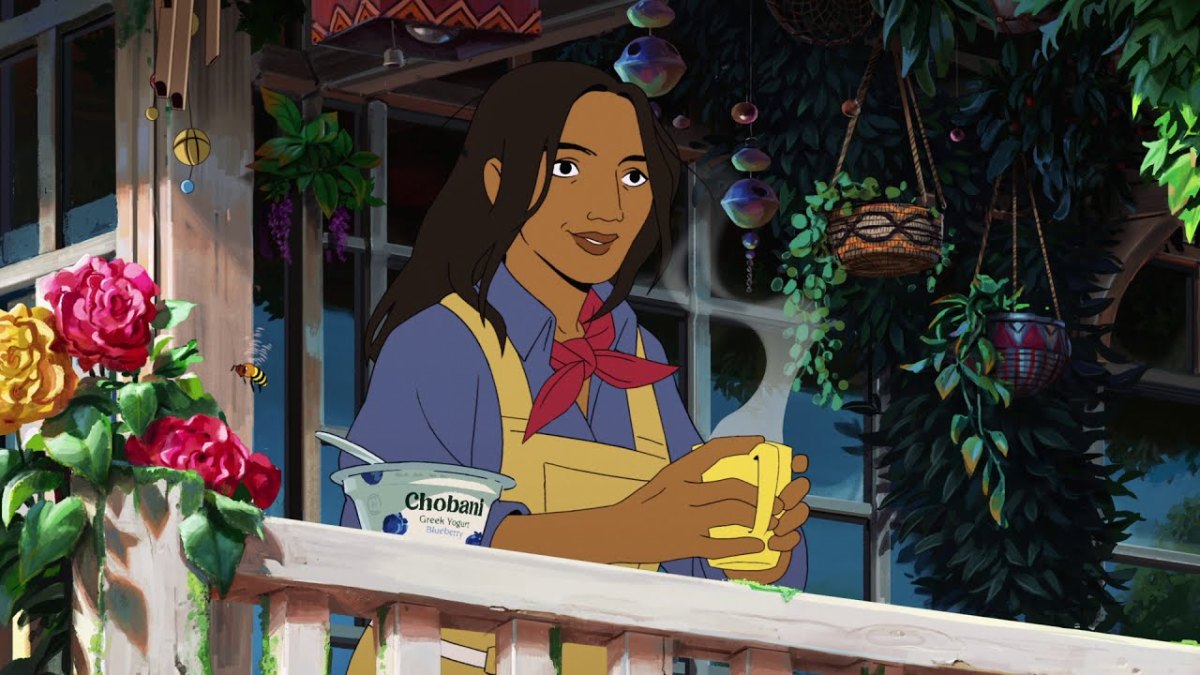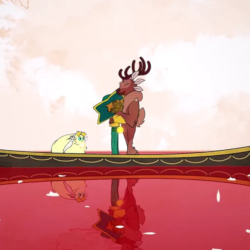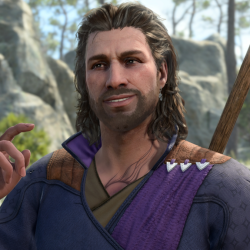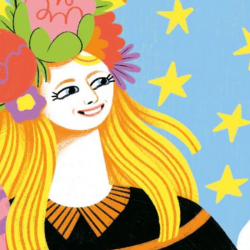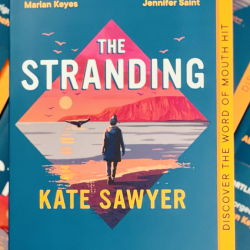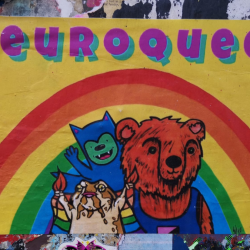Let’s face it, the world ain’t great. The post-pandemic “Roaring Twenties” that many forecasters predicted in 2020 have not yet come to pass. Worldwide mental health is in decline. The cost-of-living crisis is making physical escapism ever harder.
It’s no wonder, therefore, that writers and readers are now seeking new ways to re-imagine reality. Burgeoning literary genres like ‘cosy fantasy’, ‘solarpunk’ (sustainable sci-fi) and ‘hopepunk’ (optimistic sci-fi) seek to flip the script, providing an escape to somewhere far, far better than here.
These new books share a few common, comforting factors:
1) Low stakes

In Travis Baldree’s runaway hit indie book Legends and Lattes (2021), an orc adventurer and a succubus in a fantasy land quit adventuring and open a coffee shop, making new friends along the way. That’s pretty much it. It was originally published by a tiny indie publisher, became hugely popular with reviewers on BookTok, BookTube and Bookstagram, and was then republished by scifi/fantasy giant Tor in 2022.
The book has been described as a ‘warm hug’, a story for those who always wondered what ‘happily ever after’ would actually look like for the adventurers in the epic stories we have grown up watching and reading.
We have seen this kind of reimagined low stakes fantasy in recent popular TV shows like Our Flag Means Death (happy queer pirates, HBO) or Ghosts (a found family of benevolent ghosts, CBS & BBC), but these are comedies. Here, the point isn’t necessarily to laugh every minute, but to feel soothed, safe.
2) Cosy cafés
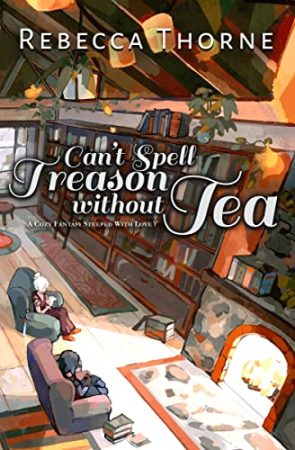
Many of these books focus on tea, coffee and baking, from A Wizard’s Guide to Defensive Baking by T. Kingfisher, to Can’t Spell Treason Without Tea by Rebecca Thorne. This aspect taps into the rise of non-alcoholic, wholesome fun among millennials and Gen Z, those embracing their “Grandma era” (see also knitting, crocheting, going to bed early and being totally unapologetic about it). When the going gets tough, we often need to retreat from the world, put the kettle on, and reconnect with ourselves or with friends.
3) Human — nature harmony
Nature thrives in utopian fiction, creating a new aesthetic. Cosy fantasy has obvious aesthetic roots in rustic cottagecore. Solarpunk and hopepunk, however, have their own ecotopian sci-fi aesthetic, based on the green city concepts that are finally, slowly, being built in today’s world.
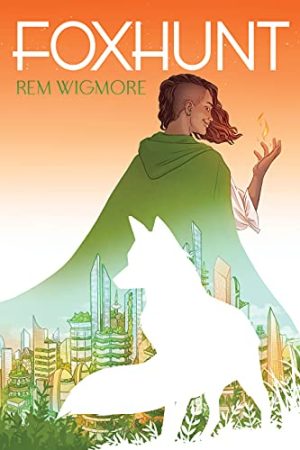
In Becky Chambers’s hopepunk novella A Psalm for the Wild-Built (which incidentally also features a ‘tea monk’), cities are full of sustainable, self-sufficient buildings, and technology is built to last a lifetime. Beyond the towns, nature is left to grow untouched, in a protected and respected wilderness. Humanity is hopeful about its symbiotic relationship with nature — hence hopepunk.
On the cover for Rem Wigmore’s solarpunk novel Foxhunt, we see a green city glowing under a warm orange sky. For a dystopian novel, this orange would connote heat, climate change, danger. But here it is warm, optimistic, a source of positive energy — solar harnessed for good.
This aesthetic is also making its way into advertising, as seen in Chobani’s much-loved 2021 ‘Eat Today, Feed Tomorrow‘ short film (below).
4) Inclusion and found families
Many of the books leading this trend also focus on queer-normative worlds (where queer people are a normal, unquestioned part of society), and feature diverse intersectional casts. While this isn’t a prerequisite for the genre per se, it’s important to note that human kindness and respect is core to the cosiness in these narratives, which often focus on creating connections with others and creating something positive together.
A genre set to grow
Many of these themes are not entirely new. Terry Pratchett’s Discworld books have been hailed as the OG cosy fantasy novels, and the influence of Studio Ghibli can be felt through many of the worlds these writers are creating. The difference now is that the state of the world has created a need for more stories like this, for a modern, yet hopeful look at the world as it could be.
Featured image: Chobani ‘Eat today, feed tomorrow’ / YouTube

















